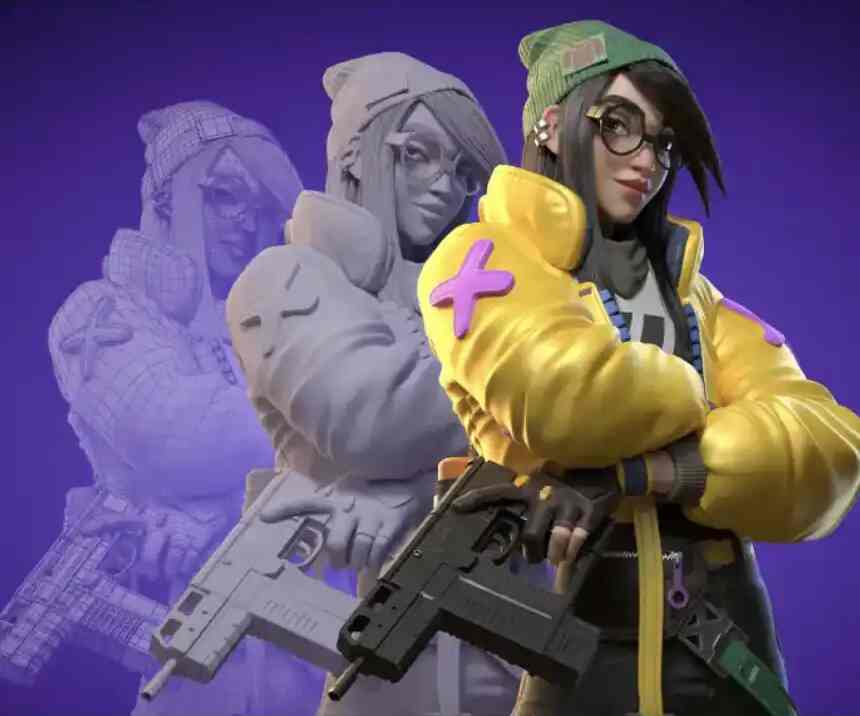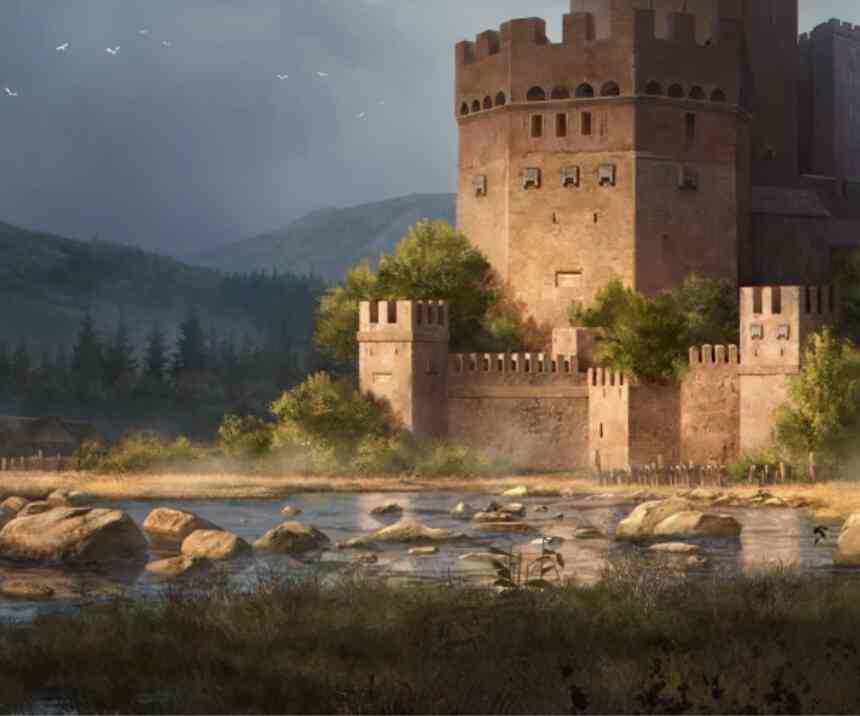CREATING A UNIQUE 2D ART PROJECT
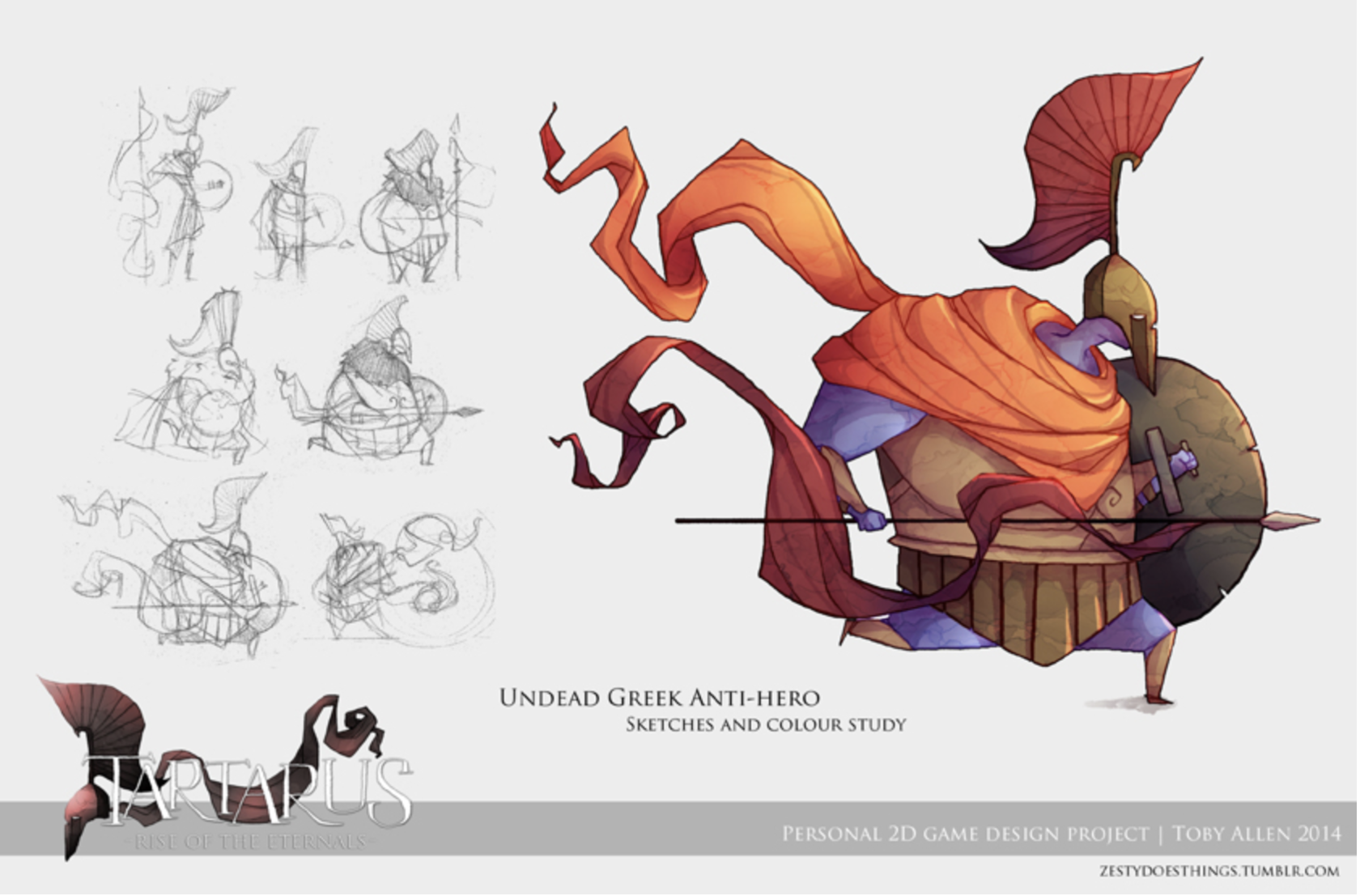
FINDING INSPIRATION
At the simplest level, taking inspiration for your 2D art project can be as simple as having a look at your favorite games and getting some 2D design ideas from them. Even if you don’t have an art degree, knowing what you like is easy enough. To start, take three of your favorite 2D design projects, and have a look at them. Let’s say you choose the following three:
Hades
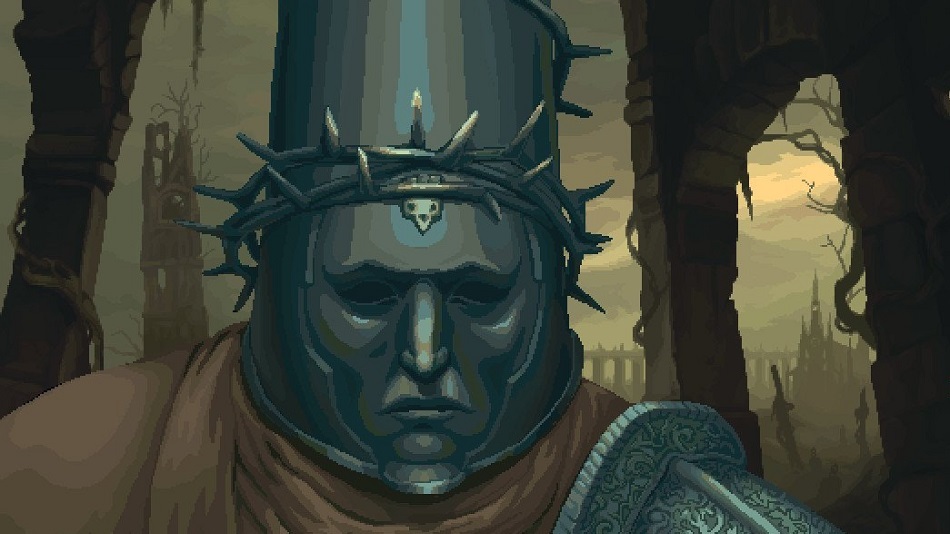
Blasphemous
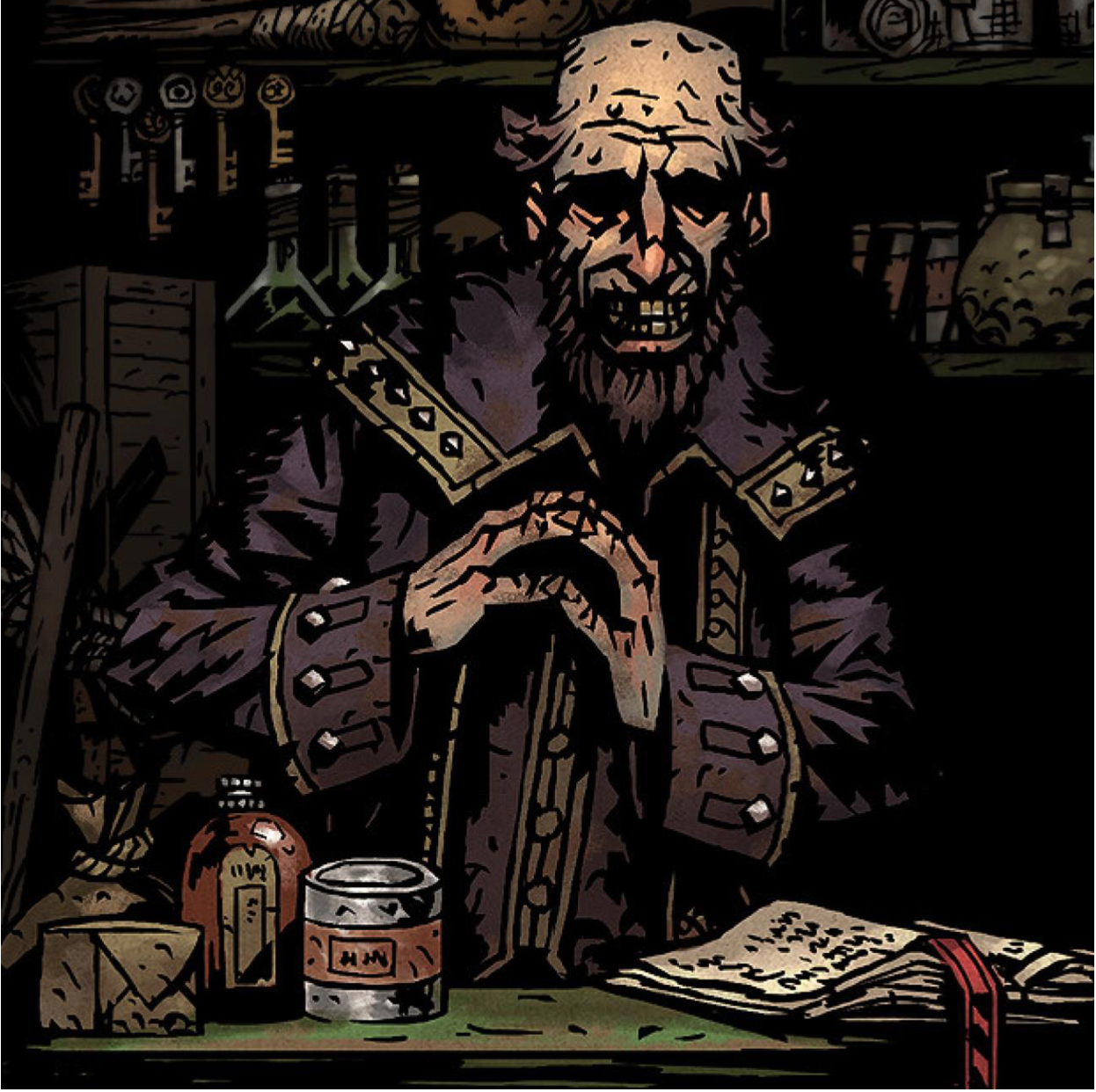
Darkest Dungeon
Famous for its oppressive difficulty, Darkest Dungeon’s 2D design ideas stem from a connection between gameplay and art. The dreary, hopeless and haunting art style of the game connects directly to the game itself, which relishes in defeating the player. The nihilistic influences speak loudly in the look, style and game design of Darkest Dungeon.
These are just three of many potential inspirations. It’s important to pick art that doesn’t just look nice to you, but art which gets your creative mind thinking about how you could add your own unique touch to it.
USING INSPIRATION
Take some notes on what aspects from each of your chosen inspirations that you love, and create a list. Something like this maybe:
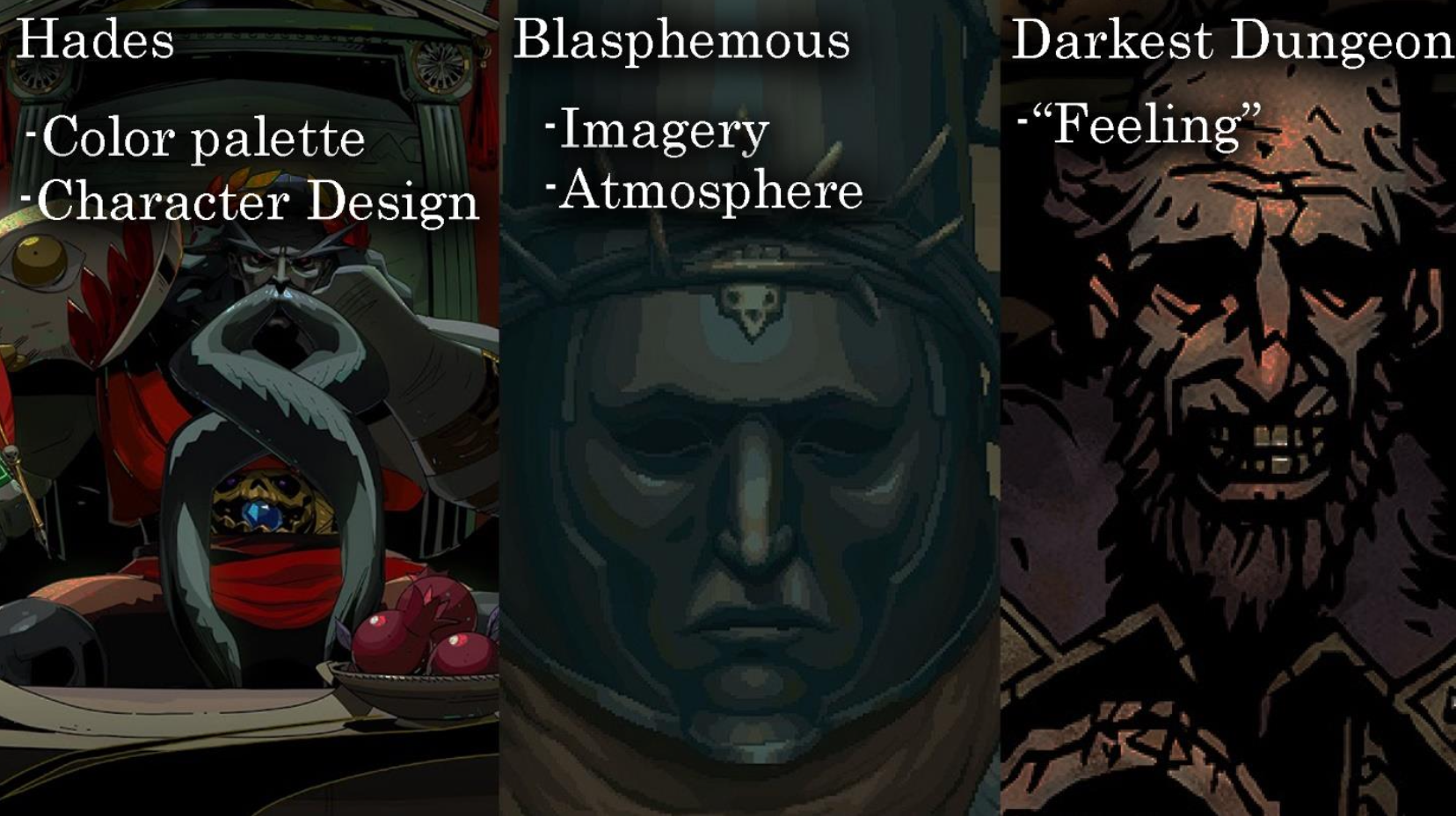
One of the most important notes for any aspiring artist is to remember that consistency is far more important than anything else. Understanding what unifies your work will keep you on track to keeping an impactful and beautiful 2D art design. Consider the previously mentioned theoretical art style. What could possibly tie it all together?
KEEPING IT CONSISTENT
Sometimes, the hardest part about designing a 2D art project is making sure each piece of art is similar enough to the others that they feel like they’re from the same creative space. Even though Hades, Blasphemous and Darkest Dungeon are beautiful, their styles certainly do not fit together without some major changes. The glory of the Greek Gods in Hades has no place in Darkest Dungeon, and the Christian imagery of Blasphemous would be misplaced in a game like Hades.
Underlining some of your main unifying principles is important. Before actually sitting down and creating a 2D art drawing, take a second to consider, and write down what will unify all of them. You might choose to have a set of symbols, like “Greek mythology” or “medieval heraldry” among a myriad of others. You may have an emotion you want to evoke with each piece like “sorrow” or “peace” depending on the purpose of your art. These unifying aspects help keep your art consistent.
LOOKING AT ART IN THE WORLD
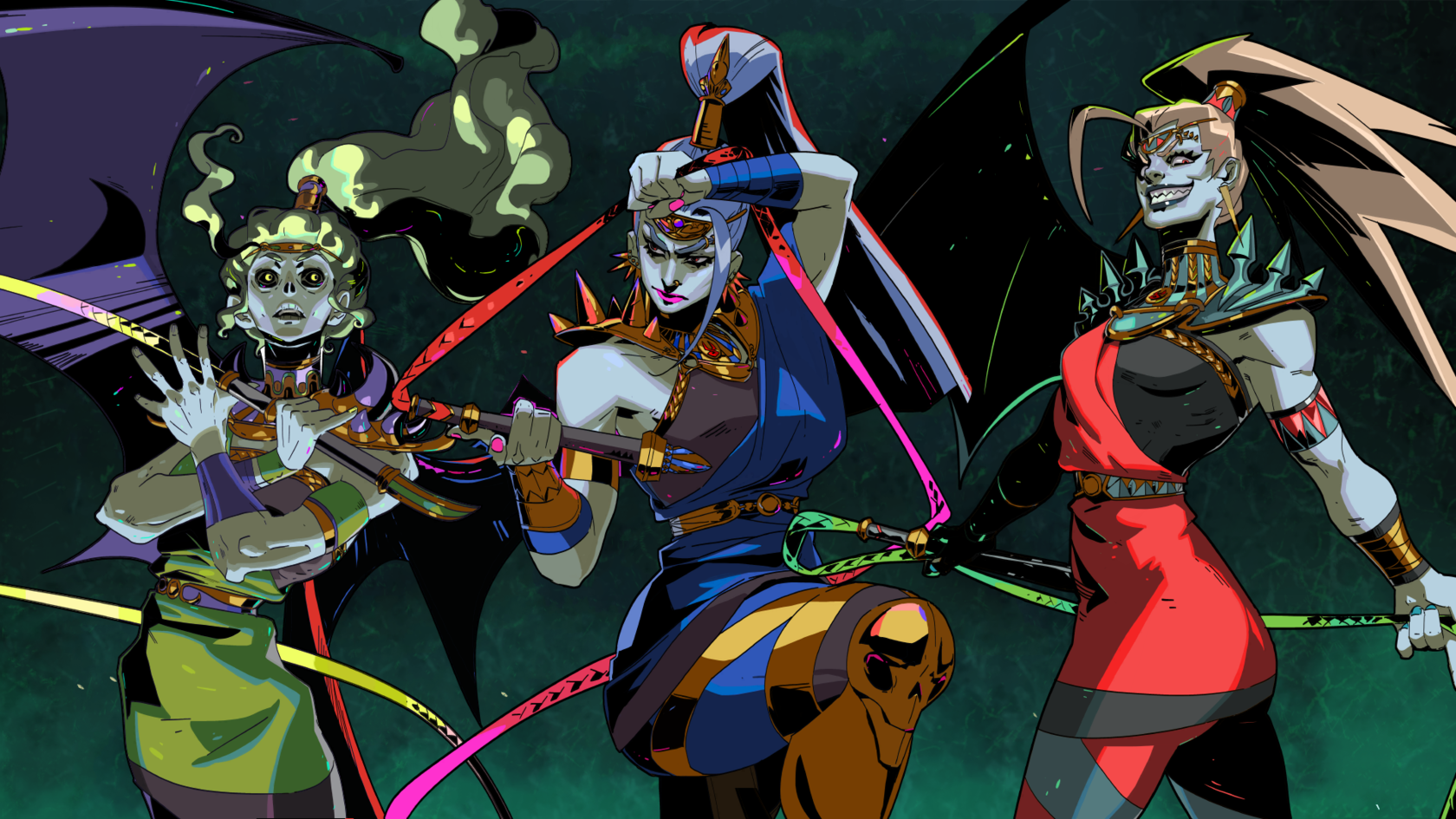 Image taken from pinterest
Image taken from pinterest
Sometimes, a spark for some beautiful video game art can come from reimagining art from the real world. Deciding on a style from an art style that exists outside of games can be just as, if not even more valid, than the art styles of other games. Of the above examples, Hades does this is a vague sense. While Supergiant’s design is unique and very much their own, the art for Hades and its design is heavily inspired by Greek art. This isn’t surprising considering the game’s subject matter.
Another game like Blasphemous uses a retro style with Christian motifs and symbols. One of the easiest ways to create something unique for your 2D design projects is to take a pre-existing art style, and apply a single change to its underlying design. Blasphemous does this phenomenally, by using Christian art for its 2D art drawing style, but simply taking out the realism focus of renaissance Christian art, and replacing it with pixelated graphics, and adding a touch of gore for style.
This is not to say the team at Blasphemous did not put in ample effort to create what they did, but rather to say that they knew exactly how to evoke their inspiration’s feeling without appearing to be the same. You too, can apply this design technique.
If your game features a backdrop in a pre-established culture or world, using that reference is a perfect start for your 2D design projects.
CONNECTING ART TO GAMEPLAY
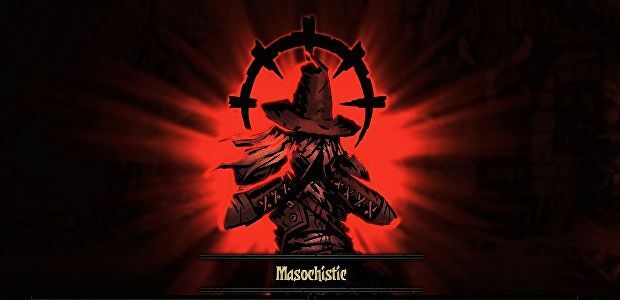
The art of Darkest Dungeon evokes these negative emotions because the player has made mistakes that have caused a character to lose their mind. The player’s failure is the character’s failure, and they are unified. In the same sense, a skilled player will be rewarded with beautiful critical attacks and triumphant bright colors when they do well. The idea of visuals matching gameplay goes as far back as the game over screens and victory screens of older games.
At a simpler level, good art can connect to a game in something as simple as good feedback. In Blasphemous, hitting enemies with the massive sword feels good and sends them flying. Enemies that die have bloody deaths that reflect the gruesome nature of the game. Giving the player proper feedback for their actions is huge in creating powerful 2D art design that keeps players going.
WORKING IN A TEAM OF DESIGNERS
If you’re the art designer, ask the game designer what each gameplay section is hoping to do, and keep that in mind as you create your work. If a game’s overall atmosphere is dark, remember to keep that feeling in mind throughout the entire design. Artists who work alone often tell themselves what the design of their work will be, but when working in a team, the design choices are a team effort between the artists and game designers.
If you’re the game designer, don’t leave your art team in the dark. Explain to them what you want the game to resemble and what themes you have in mind. Even if you don’t know a thing about 2D design projects, mention the emotions you want the game to evoke, or even just point out a few games you want yours to look like. With ample communication, art design and game design should be beautifully linked.
EVER CONSIDER OUTSOURCING?
You should have everything you need to create the art you want now. The best way to learn is to get started!

